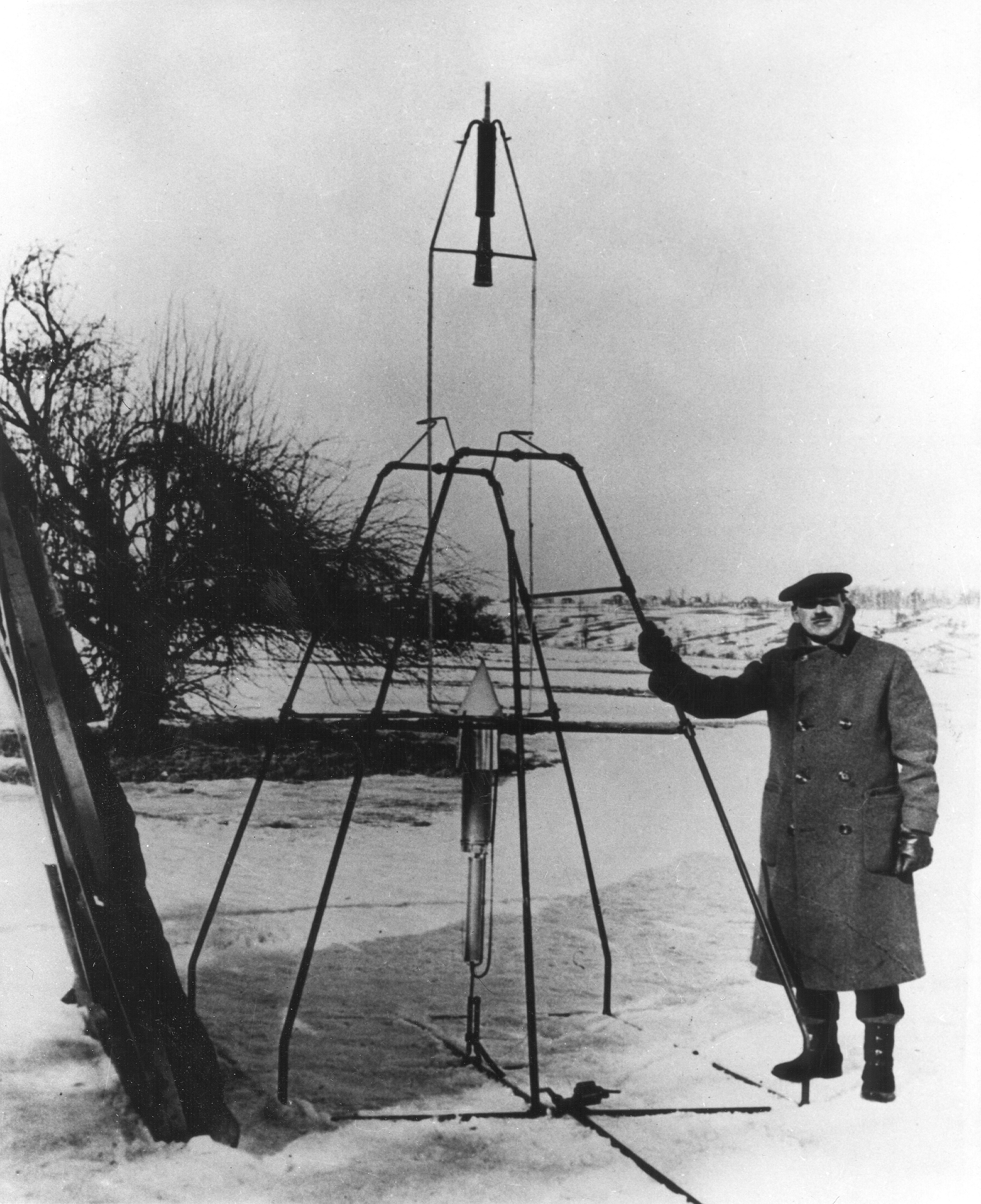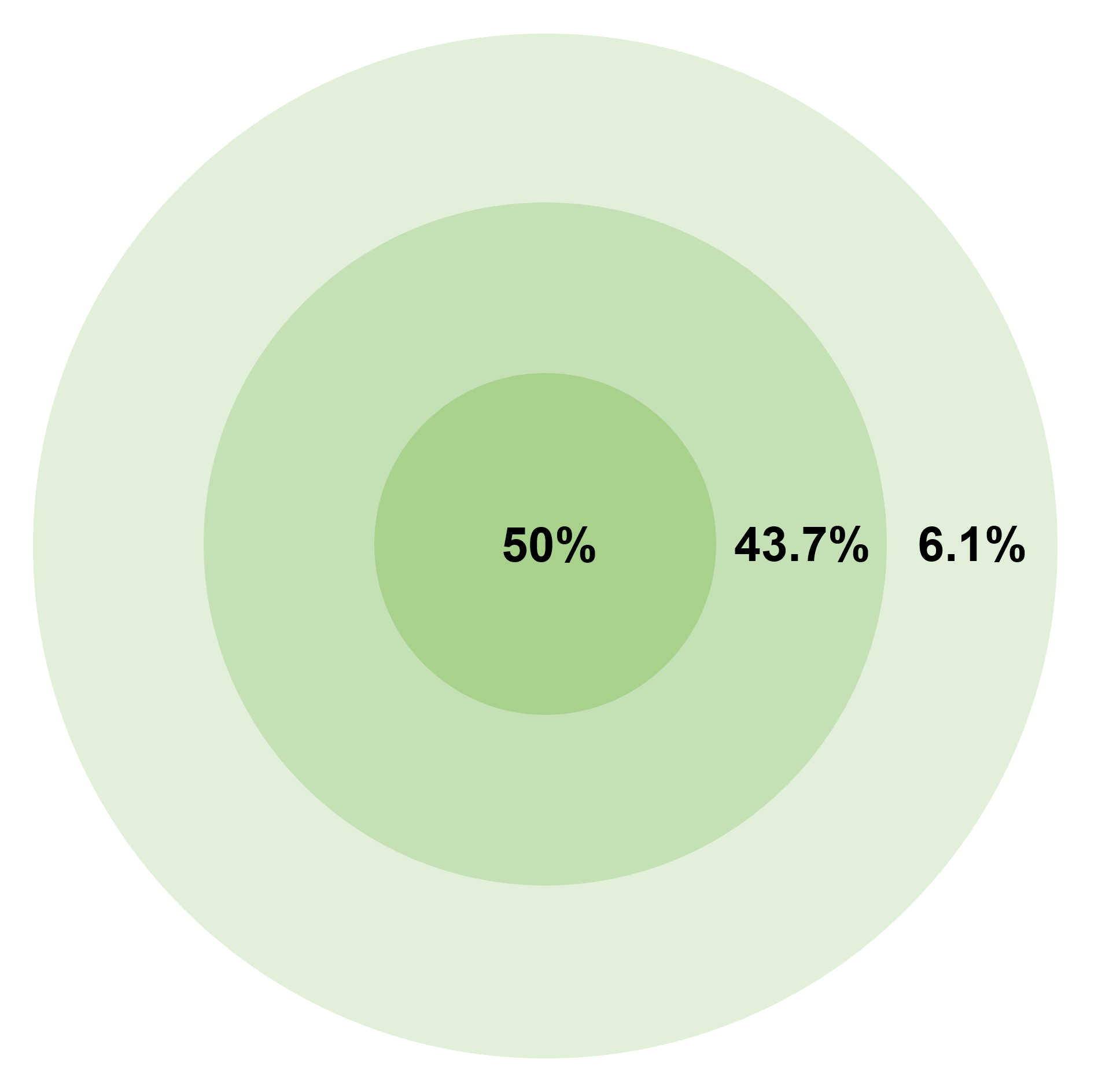|
R-26 (missile)
The R-26 was a second-generation intercontinental ballistic missile (ICBM) designed but not deployed by the Soviet Union during the Cold War. Its control system was designed at NPO "Electropribor" (Kharkov, Ukrainian SSR). The missile was mistakenly identified as an R-9 Desna and given the NATO reporting name SS-8 Sasin. Within the Soviet Union, it carried the GRAU index 8K66. Development Design of the R-26 was initiated to develop a light liquid propellant powered ICBM. Designs received approval in 1960, but prior to flight tests were cancelled by the government in 1962. The missile was revealed during a Red Square parade in November 1964, where it was misidentified as an R-9 Desna. However, the program had already been cancelled and the error was not rectified. Operators ; : The Strategic Rocket Forces were to be the only operator of the R-26, but it was cancelled before entry into service. See also * List of missiles Below is a list of missiles, sorted alp ... [...More Info...] [...Related Items...] OR: [Wikipedia] [Google] [Baidu] |
Intercontinental Ballistic Missile
An intercontinental ballistic missile (ICBM) is a ballistic missile with a range (aeronautics), range greater than , primarily designed for nuclear weapons delivery (delivering one or more Thermonuclear weapon, thermonuclear warheads). Conventional weapon, Conventional, Chemical weapon, chemical, and Biological agent, biological weapons can also be delivered with varying effectiveness, but have never been deployed on ICBMs. Most modern designs support multiple independently targetable reentry vehicle (MIRVs), allowing a single missile to carry several warheads, each of which can strike a different target. The Nuclear weapons of the United States, United States, Russia and weapons of mass destruction, Russia, China and weapons of mass destruction, China, France and weapons of mass destruction, France, India and weapons of mass destruction, India, the United Kingdom and weapons of mass destruction, United Kingdom, Nuclear weapons and Israel, Israel, and North Korea and weapons of ... [...More Info...] [...Related Items...] OR: [Wikipedia] [Google] [Baidu] |
GRAU
The Main Missile and Artillery Directorate of the Ministry of Defense of the Russian Federation (), commonly referred to by its transliterated acronym GRAU (), is a department of the Russian Ministry of Defense. It is subordinate to the Chief of Armament and Munition of the Russian Armed Forces, a vice-minister of defense. The organization dates back to 1862 when it was established under the name Main Artillery Directorate (, GAU). The "R" from "rockets" was added to the title from 19 November 1960. The GRAU is responsible for assigning GRAU indices to Russian army ammunitions and equipment. As of April 2025, the Chief of the GRAU was Major General Aleksey Volkov. Arsenals Arsenals of the GRAU, according to Kommersant-Vlast in 2005, included the 53rd at Dzerzhinsk, Nizhniy Novogorod Oblast, the 55th in the Sklad-40 microraion at Rzhev, the 60th at Kaluga, the 63rd at Lipetsk, the 75th at Serpukhov south of Moscow, and the 97th at Skolin (all five in the Moscow Milita ... [...More Info...] [...Related Items...] OR: [Wikipedia] [Google] [Baidu] |
List Of Missiles
Below is a list of missiles, sorted alphabetically into large categories and subcategories by name and purpose. Other missile lists Types of missiles: * Conventional guided missiles ** Air-to-air missile ** Air-to-surface missile ** Anti-radiation missile ** Anti-ballistic missile ** Anti-satellite weapon ** Anti-ship missile (list) ** Anti-submarine missile ** Anti-tank guided missile (list) ** Land-attack missile ** Shoulder-launched missiles ** Surface-to-air missile (list) ** Surface-to-surface missile ** Wire-guided missile * Cruise missiles ** Air-launched cruise missile ** Ground-launched cruise missile ** Submarine-launched cruise missile * Ballistic missiles ** Tactical ballistic missile ** Short-range ballistic missile ** Theatre ballistic missile ** Medium-range ballistic missile ** Intermediate-range ballistic missile ** Intercontinental ballistic missile ( List of ICBMs/ Comparison of ICBMs) ** Submarine-launched ballistic missile ** Air-launched ballistic m ... [...More Info...] [...Related Items...] OR: [Wikipedia] [Google] [Baidu] |
Strategic Rocket Forces
The Strategic Rocket Forces of the Russian Federation or the Strategic Missile Forces of the Russian Federation (RVSN RF; ) is a military branch, separate combat arm of the Russian Armed Forces that controls Russia's land-based intercontinental ballistic missiles (ICBMs). It was formerly part of the Soviet Armed Forces from 1959 to 1991. The Strategic Rocket Forces was created on 17 December 1959 as part of the Soviet Armed Forces as the main force for operating all Soviet nuclear ground-based intercontinental ballistic missile, intercontinental, intermediate-range ballistic missile, and medium-range ballistic missile with ranges over 1,000 kilometers. After the Dissolution of the Soviet Union, Soviet Union collapsed in 1991, assets of the Strategic Rocket Forces were in the territories of several new states in addition to Russia, with armed nuclear missile silos in Belarus, Kazakhstan and Nuclear weapons and Ukraine, Ukraine. The three of them transferred their missiles to Rus ... [...More Info...] [...Related Items...] OR: [Wikipedia] [Google] [Baidu] |
Red Square
Red Square ( rus, Красная площадь, Krasnaya ploshchad', p=ˈkrasnəjə ˈploɕːɪtʲ) is one of the oldest and largest town square, squares in Moscow, Russia. It is located in Moscow's historic centre, along the eastern walls of the Moscow Kremlin, Kremlin. It is the city's most prominent landmark, with famous buildings such as Saint Basil's Cathedral, Lenin's Mausoleum and the GUM (department store), GUM department store. It has been a UNESCO World Heritage Site since 1990. Red Square has been the scene of executions, demonstrations, riots, parades, and speeches. Almost 73,000 square metres (800,000 square feet), it lies directly east of the Kremlin and north of the Moskva River. A moat that separated the square from the Kremlin was paved over in 1812. Location Red Square has an almost rectangular shape and is 70 meters wide and 330 meters long. It extends lengthways from northwest to southeast along part of the wall of the Kremlin that forms its boundary on ... [...More Info...] [...Related Items...] OR: [Wikipedia] [Google] [Baidu] |
Liquid Propellant
The highest specific impulse chemical rockets use liquid propellants (liquid-propellant rockets). They can consist of a single chemical (a monopropellant) or a mix of two chemicals, called bipropellants. Bipropellants can further be divided into two categories; hypergolic propellants, which ignite when the fuel and oxidizer make contact, and non-hypergolic propellants which require an ignition source. About 170 different propellants made of liquid fuel have been tested, excluding minor changes to a specific propellant such as propellant additives, corrosion inhibitors, or stabilizers. In the U.S. alone at least 25 different propellant combinations have been flown. Many factors go into choosing a propellant for a liquid-propellant rocket engine. The primary factors include ease of operation, cost, hazards/environment and performance. History Development in early 20th century Konstantin Tsiolkovsky proposed the use of liquid propellants in 1903, in his article ''Exploration of ... [...More Info...] [...Related Items...] OR: [Wikipedia] [Google] [Baidu] |
NATO Reporting Name
NATO uses a system of code names, called reporting names, to denote military aircraft and other equipment used by post-Soviet states, former Warsaw Pact countries, China, and other countries. The system assists military communications by providing short, one- or two-syllable names, as alternatives to the precise proper names, which may be easily confused under operational conditions or are unknown in the Western world. The assignment of reporting names is managed by the Five Eyes Air Force Interoperability Council (AFIC), previously known as the Air Standardization Coordinating Committee (ASCC), which is separate from NATO. Based in Washington DC, AFIC comprises representatives from the militaries of three NATO members (Canada, the United Kingdom and United States) and two non-NATO countries (Australia and New Zealand). When the system was introduced in the 1950s, reporting names also implicitly designated potentially hostile aircraft. However, since the end of the Cold War, ... [...More Info...] [...Related Items...] OR: [Wikipedia] [Google] [Baidu] |
Circular Error Probable
Circular error probable (CEP),Circular Error Probable (CEP), Air Force Operational Test and Evaluation Center Technical Paper 6, Ver 2, July 1987, p. 1 also circular error probability or circle of equal probability, is a measure of a weapon system's Accuracy and precision, precision in the military science of ballistics. It is defined as the radius of a circle, centered on the aimpoint, that is expected to enclose the landing points of 50% of the Round (firearms), rounds; said otherwise, it is the median error radius, which is a 50% confidence interval. That is, if a given munitions design has a CEP of 100 m, when 100 munitions are targeted at the same point, an average of 50 will fall within a circle with a radius of 100 m about that point. There are associated concepts, such as the DRMS (distance root mean square), which is the square root of the average squared distance error, a form of the standard deviation. Another is the R95, which is the radius of the circle ... [...More Info...] [...Related Items...] OR: [Wikipedia] [Google] [Baidu] |
R-9 Desna
The R-9 (; NATO reporting name: SS-8 Blackbuck, Sasin) was a two-stage IRBM of the Soviet Union, in service from 1964 to 1976. History Designed in 1959 and first tested in 1961, the R-9 was a great improvement over previous Soviet missile designs. The missile, capable of delivering a payload about up to to an accuracy of , was not only very accurate, but was also far more tactically useful to the Soviet Union. Previous Soviet designs, fuelled with cryogenic LOX and kerosene, commonly took hours to fuel and launch. The R-9, on the other hand, could be launched 20 minutes from the time a launch order was given. Khartron, NPO "Electropribor" (Kharkiv, Ukraine) designed the missile's control system. First put into active service in 1964, the R-9 carried a 1.65 to 5 Mt warhead. Though the last Soviet missile to use cryogenic propellant, this design is one of the most widely deployed ICBMs to use cryogenic fuel. OKB-456 (later renamed to NPO Energomash) developed the first stage e ... [...More Info...] [...Related Items...] OR: [Wikipedia] [Google] [Baidu] |
Ukrainian Soviet Socialist Republic
The Ukrainian Soviet Socialist Republic, abbreviated as the Ukrainian SSR, UkrSSR, and also known as Soviet Ukraine or just Ukraine, was one of the Republics of the Soviet Union, constituent republics of the Soviet Union from 1922 until 1991. Under the Soviet One-party state, one-party model, the Ukrainian SSR was governed by the Communist Party of the Soviet Union through its Soviet democracy, republican branch, the Communist Party of Ukraine (Soviet Union), Communist Party of Ukraine. The first iterations of the Ukrainian SSR were established during the Russian Revolution, particularly after the October Revolution, Bolshevik Revolution. The outbreak of the Ukrainian–Soviet War in the former Russian Empire saw the Bolsheviks defeat the independent Ukrainian People's Republic, during the conflict against which they founded the Ukrainian People's Republic of Soviets, which was governed by the Russian Soviet Federative Socialist Republic (RSFSR), in December 1917; it was later ... [...More Info...] [...Related Items...] OR: [Wikipedia] [Google] [Baidu] |






